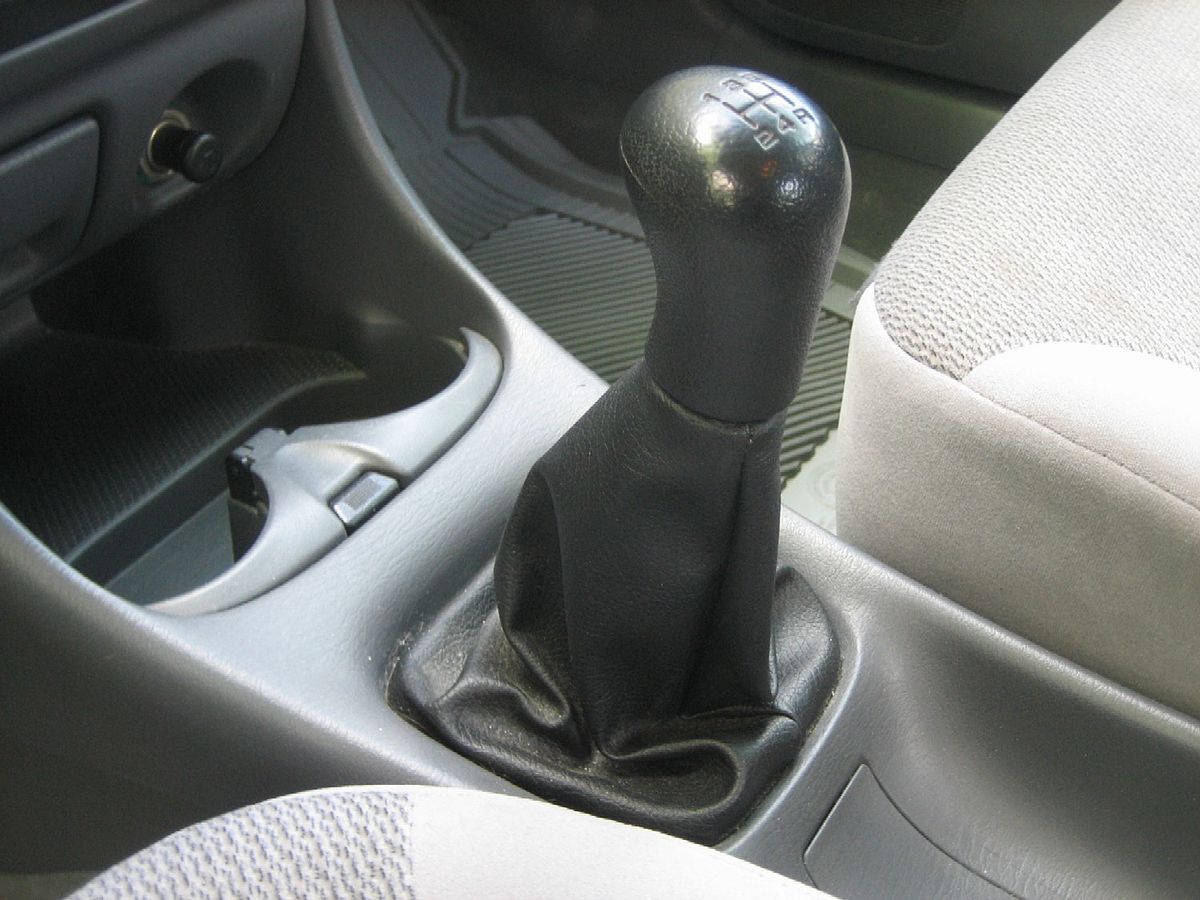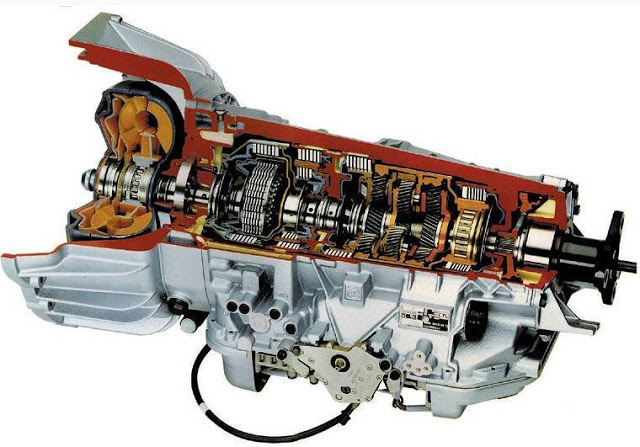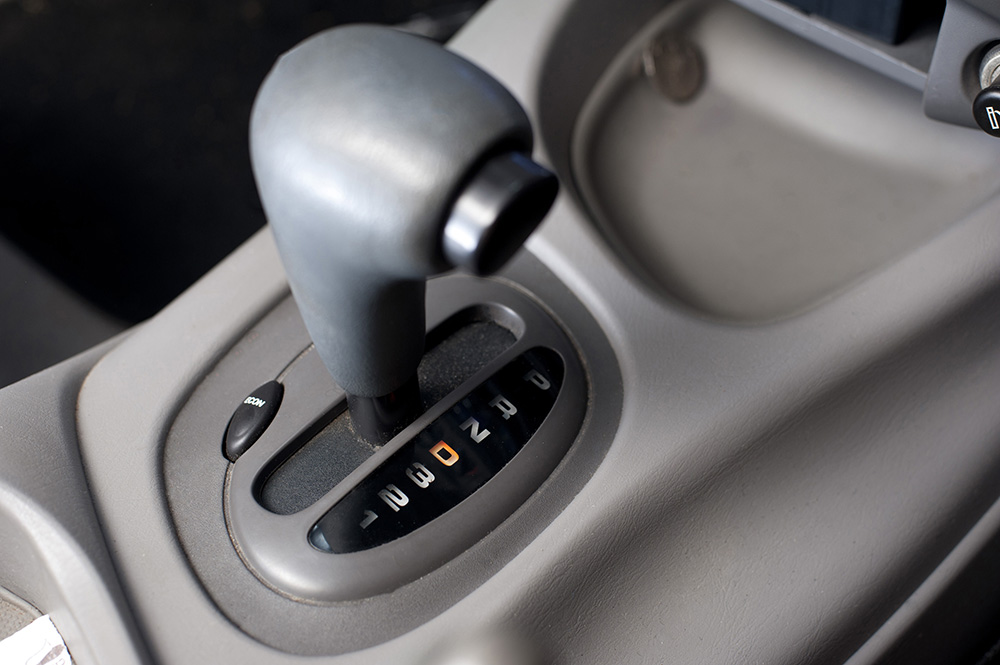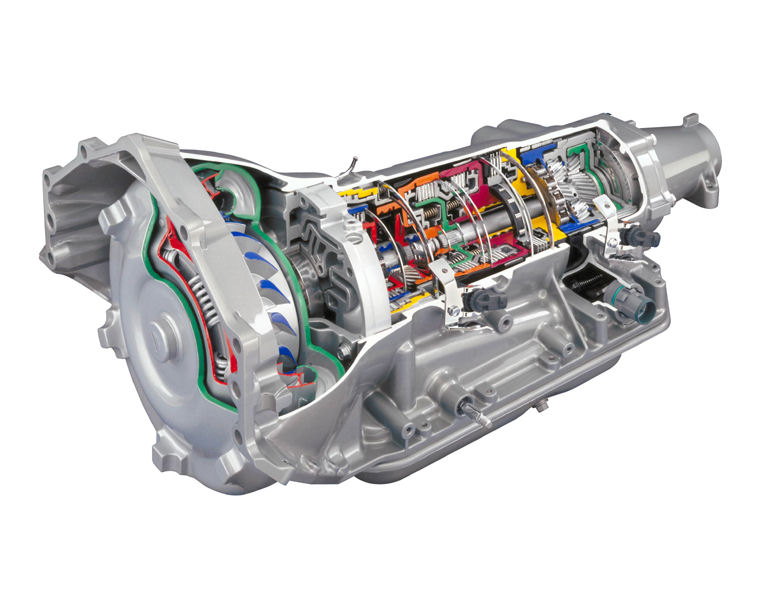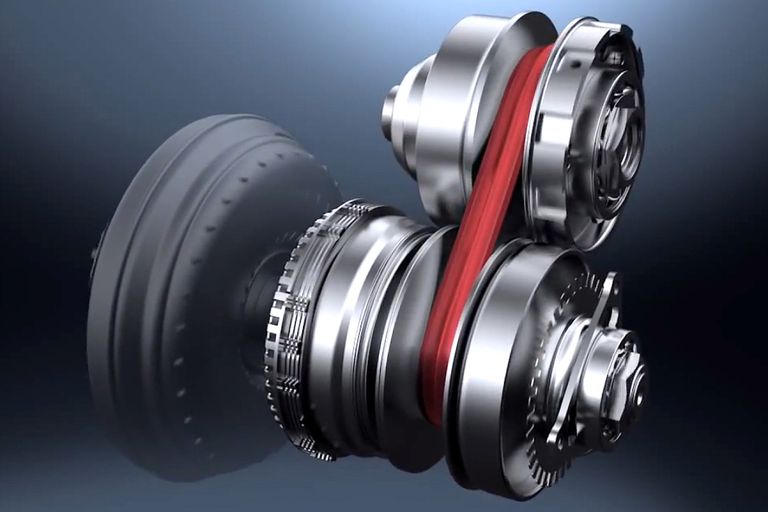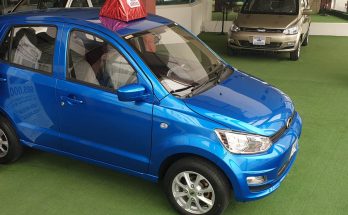There are many types of car transmission available, most commonly manual, automatic or CVT. Regardless of type, the job of a transmission is to channel the power generated by the engine to the drive wheels. However the way it is done, differs significantly.
With the exception of a CVT (Continuously Variable Transmission), a transmission is a metal case that contains a series of helical gears, hence the name gearbox. Each gear has a specific ratio to ensure the wheels don’t spin at the same speed as the engine. The transmission does this by varying the gear ratio. In lower gears, this increases available power while reducing speed. Higher gears, on the other hand, reduce power and increase speed. This enables cars to distribute power and speed in the most efficient way for any given situation.
Related: Manual or Automatic- Which One You Should Buy?
As far as vehicles available in our market are concerned, the most common types of transmissions are automatic, manual, and CVT. Let us try to understand the difference between these transmissions and decide which one is best suited for your needs.
Manual transmission
The most common type of transmission is a manual transmission in which the driver uses a stick/ lever to change gears. Older cars had a steering column or dash-mounted shifter, but in modern cars, the shift lever is mounted vertically on the center console.
To change gears, a clutch disc sandwiched between the engine and the transmission needs to be released via a third pedal located on the left side of the brake. Engaging a gear requires the driver to press the clutch pedal, select the appropriate gear and release the clutch pedal to move the car forward (or reverse, depending on selected gear). For beginners its tricky to learn to properly engage and disengage the clutch as doing it too slowly can wear out the clutch disc or doing it too quickly will cause the engine to stall.
Learning how to operate a manual transmission takes a little bit of time, but it’s rewarding and much simpler than it sounds. Driving a manual, you feel a connection to your car that is difficult to reproduce with an automatic transmission. Also, drivers who can operate a manual transmission are able to drive virtually any type of automobile, anywhere in the world.
Automatic transmission
Automatic transmission, as the name suggest selects the gears on its own- automatically. Initially this type of transmission was available with luxury cars or high-end trims only, however it is becoming a norm today.
Instead of clutch, the automatic transmission has a torque converter, which permanently connects the engine and the transmission. The process of changing gears is done hydraulically or electronically by monitoring important parameters such as the position of the throttle pedal, the speed that the car is traveling at, and the engine’s rpm.
One of the main difference between automatic and manual transmission is the absence of clutch pedal which eases out the driving procedure a lot. Having only two pedals offers many advantages. Such as, it’s almost impossible to stall the engine with this configuration, and an automatic car tends to be smoother and more comfortable to drive than a manual, especially in stop-and-go traffic.
Related: What Goes Wrong with Your Car and When?
If you’re a less experienced driver, you may find that navigating steep inclines in a manual transmission is difficult, especially if you’re attempting to do so from a dead stop. Automatic transmissions take care of this issue, enabling your car to operate efficiently no matter how steep the hill might be.
Since there is no clutch, an automatic typically requires less maintenance than a manual as well, though that can vary from model to model.
CVT
The third main type of transmission is the CVT (Continuously Variable Transmission). Instead of helical gears, a CVT relies on a belt and pulley system that provides an infinite number of gear ratios. In simple words, the transmission never shifts.
Related: When to Change Your Old Car?
A car equipped with CVT is smoother to drive than an equivalent model fitted with a regular automatic transmission. A CVT can improve fuel consumption too, which is why a lot of hybrid cars are equipped with CVT.
Some buyers find driving a car with a CVT for the first time simple weird because it just doesn’t shift. In a bid to boost consumer acceptance, auto-makers offer CVT-equipped cars with pre-programmed ratios that mimic the gears in an automatic. Apart from these technical differences, operating a CVT or an automatic car is quite the same. That is, no clutch pedal, and an auto-like gear shifter.
In a nutshell, the advantages of CVT are fuel efficiency coupled with mechanical efficiency as it continuously operates using the most ideal gear ratio under different driving and road scenarios, this translates to comfort and ease of use to drivers.

A computer animation professional with over 23 years of industry experience having served in leading organizations, TV channels & production facilities in Pakistan. An avid car enthusiast and petrolhead with an affection to deliver quality content to help shape opinions. Formerly written for PakWheels as well as major publications including Dawn. Founder of CarSpiritPK.com

